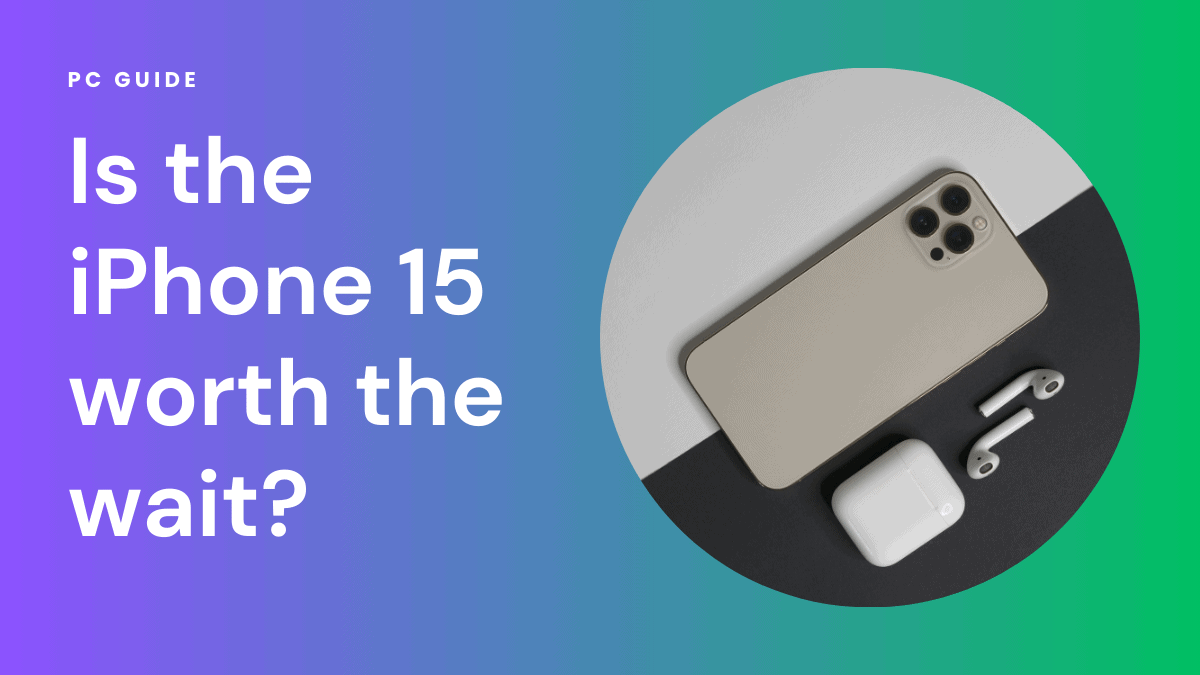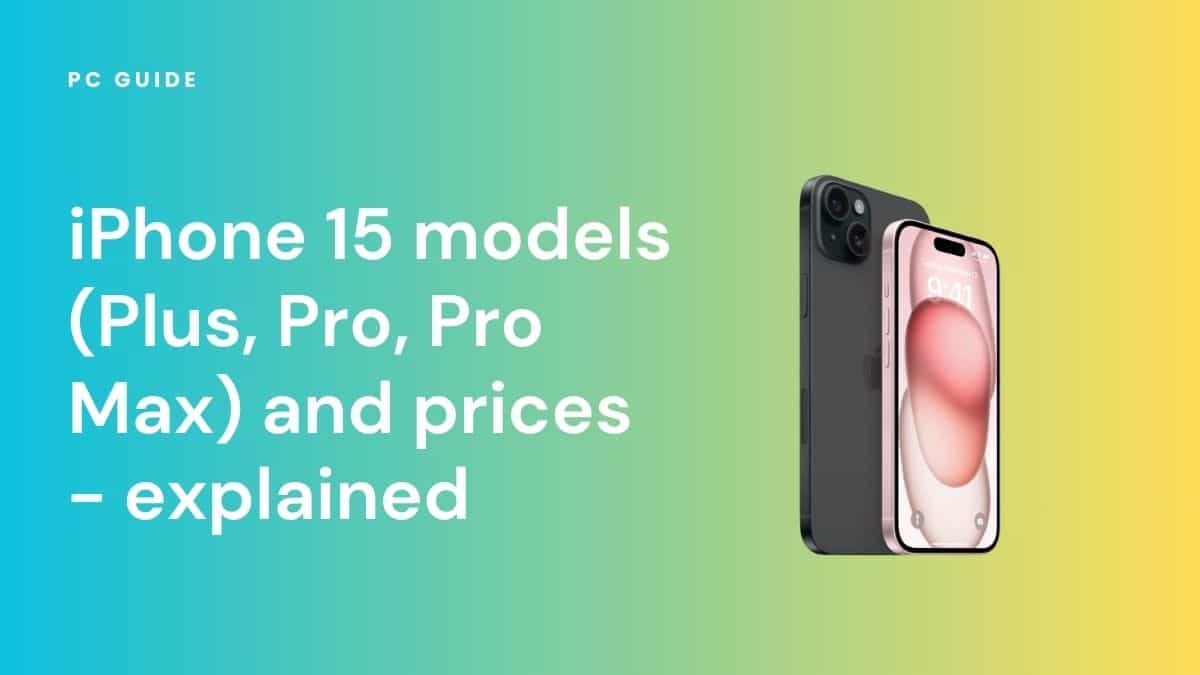Is the iPhone 15 eSIM only?

Table of Contents
Apple introduced eSIM in iPhones from the XR and XS models. However, traditional SIM slots were still available. But as Apple always pushes its smartphone technology boundaries, questions arise around whether the iPhone 15 is eSIM only. Well, like several previous iPhones, the new addition supports eSIM, but is the iPhone 15 eSIM only?
Is the iPhone 15 eSIM only in the United States?
The iPhone 15 has taken a bold step in the United States by becoming the first eSIM-only iPhone, eliminating the need for a physical SIM card. However, this trend hasn’t fully caught on globally.
In contrast to the U.S. models, which solely rely on eSIM technology, the iPhone 15 offers traditional SIM slots in other parts of the world. Rumors had been circulating since the start of the year that Apple might extend this eSIM-only approach to other countries, including France and the UK, but that’s not the case—at least not yet.
Different models for different markets
Apple has rolled out four distinct iPhone 15 models to cater to various carriers and regions. Here’s a breakdown:
U.S. Model: A Leap into the Future
The U.S. model is a device that fully embraces eSIM technology, offering dual eSIM slots and no physical SIM tray. This move aligns with the tech trend of moving away from physical components to make devices more streamlined.
Global Model: Best of Both Worlds
For Europe and most other countries, the global model provides one traditional SIM slot alongside an eSIM slot. This allows users the flexibility to choose between the two, depending on their carrier and personal preferences.
Canadian, Mexican, and Japanese Model: A Balanced Approach
Similar to the global model, this version also offers one traditional SIM slot and one eSIM slot. However, dual eSIM functionality is also available, giving users in Canada, Mexico, and Japan more options.
Chinese Model: Sticking to Tradition
In China, the new iPhone comes with two traditional SIM slots, showing no support for eSIM technology. This is likely due to carrier limitations and market preferences.
How does this compare to the iPhone 14 Pro?
The iPhone 14 Pro offered both a physical SIM card and an eSIM in all its models, unlike the iPhone 15, which varies by region. This change in the iPhone 15 could signal a future trend in iOS devices.
What does this mean for carriers?
The shift towards eSIM technology in the United States could push carriers to adapt more quickly to this new tech, while carriers in Europe and other regions may continue to offer both options for a transitional period.
By offering different models, Apple ensures that it caters to the specific needs and technological readiness of various countries. Whether you see this as a step forward or a complicating factor will depend on your perspective and, possibly, your location.
Understanding eSIM: The Future of connectivity
An eSIM, or “embedded SIM,” is a digital SIM card that eliminates the need for a physical SIM card tray. This reprogrammable chip is embedded in your phone during manufacturing, offering a new level of convenience. With the adoption of eSIM technology, Apple has taken a significant step in modernizing how we connect to wireless carriers.
How to convert a physical SIM to an eSIM?
If you’re still using a nano-SIM and your network provider supports eSIM, you can easily make the switch. Here’s how:
- Navigate to Settings > Mobile Data on your iPhone or iPad.
- Look for the “Convert to eSIM” option and tap it.Note: If this option is not visible, your network provider may not support eSIM conversion. In this case, you’ll need to contact them directly for assistance.
- Choose the “Convert Cellular Plan” from the available options.
- Confirm by tapping “Convert to eSIM.”
- After your eSIM is activated, remove the physical SIM from the physical sim slot in your device and restart it.
Why is eSIM more convenient?
The eSIM-only model offers several advantages over traditional physical dual-SIM systems. For one, it frees up space within the device, potentially making room for other features like a larger battery or additional lightning port. It also simplifies the process of switching between carriers, especially useful for frequent travelers.
eSIM Adoption across devices and regions
While the iPhone 15 has fully embraced this technology in the United States, European countries are still in the transitional phase. However, the Apple Watch has been using eSIM for a while now, indicating a broader trend towards this technology.
When did Apple introduce eSIM?
Apple’s website announced the launch of their first eSIM technology in September, aligning with their annual release cycle. This move is seen as a significant shift in the mobile industry, encouraging other manufacturers to adopt this technology.
By understanding what an eSIM is and how to convert your physical SIM to an eSIM, you can take full advantage of this modern technology. Whether you see this as a step forward or a complicating factor will depend on your perspective and, possibly, your location.

